Hand-eye Coordination Normal Alphabet Worksheets for Ages 4-6
16 filtered results
-
From - To
Welcome to our Hand-eye Coordination Normal Alphabet Worksheets for Ages 4-6! Designed to enhance early literacy skills, these engaging worksheets help young learners refine their hand-eye coordination while familiarizing themselves with the alphabet. Perfect for preschoolers and kindergarteners, our activities combine letter tracing, coloring, and interactive exercises to make learning fun. As children practice writing and identifying letters, they’ll develop essential motor skills that support their overall learning journey. Explore our collection today and watch your little ones gain confidence in their writing abilities while enjoying the process of learning ABCs! These worksheets are a great addition to any early education program.
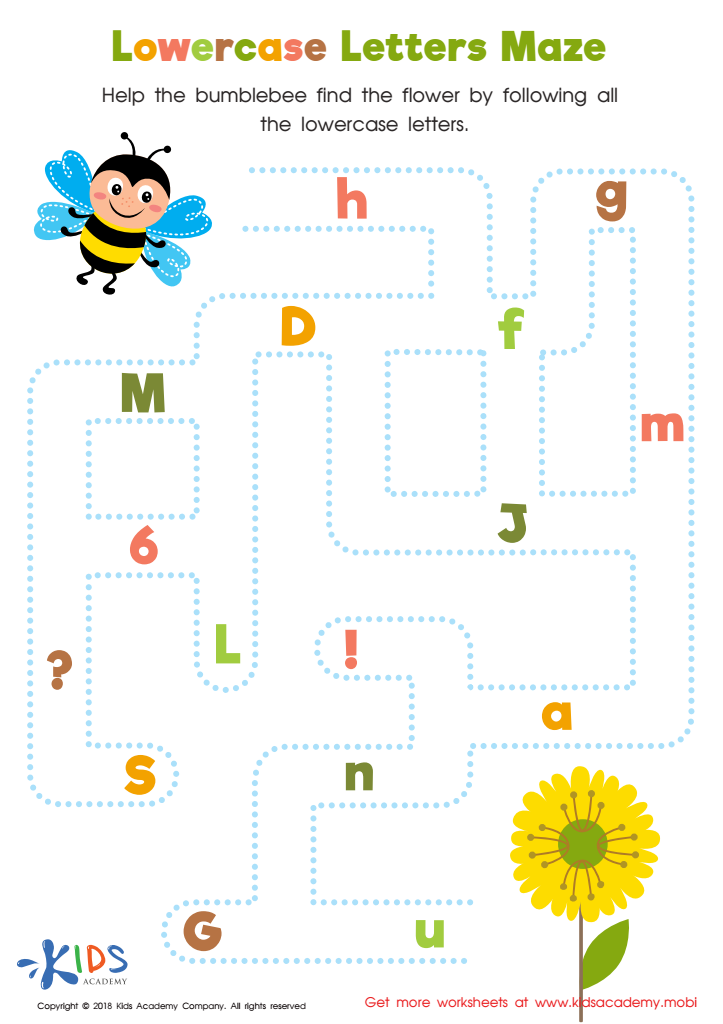

Lowercase Letters Maze Worksheet
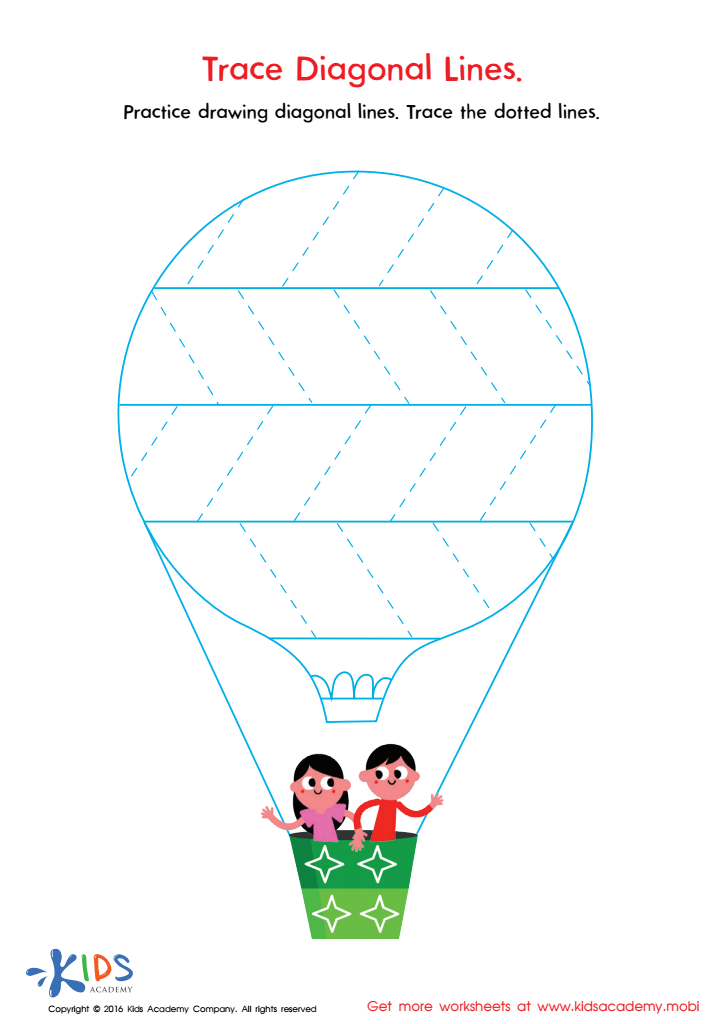

Trace Diagonal Lines Worksheet
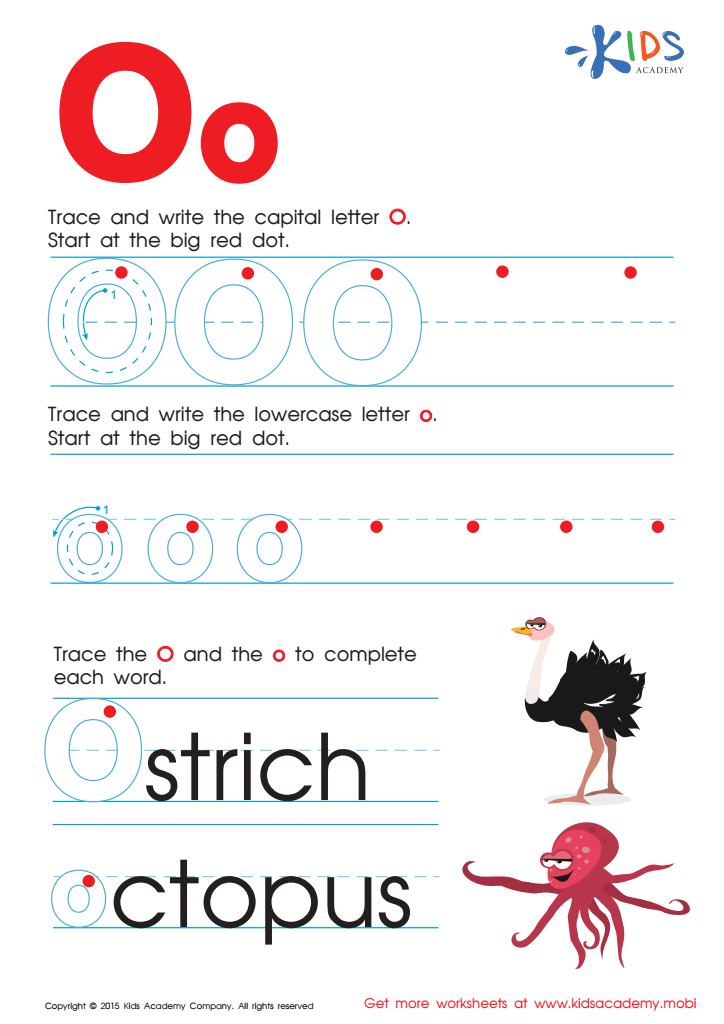

Letter O Tracing Page
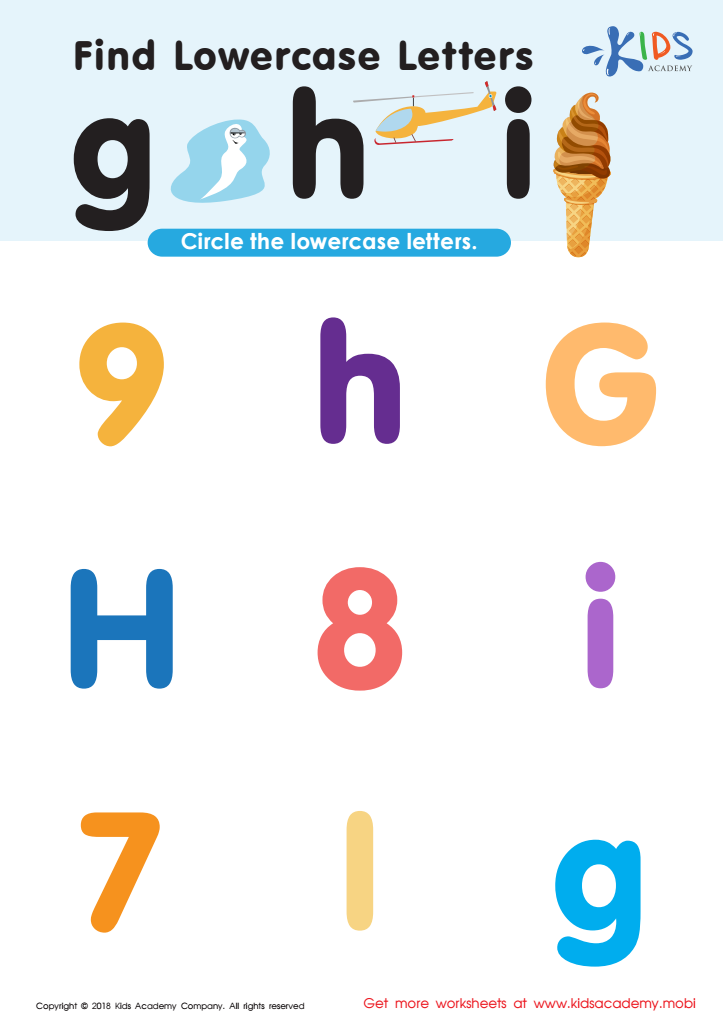

Find Lowercase Letters g h i Worksheet


Letter P Tracing Page


Letter H Tracing Page
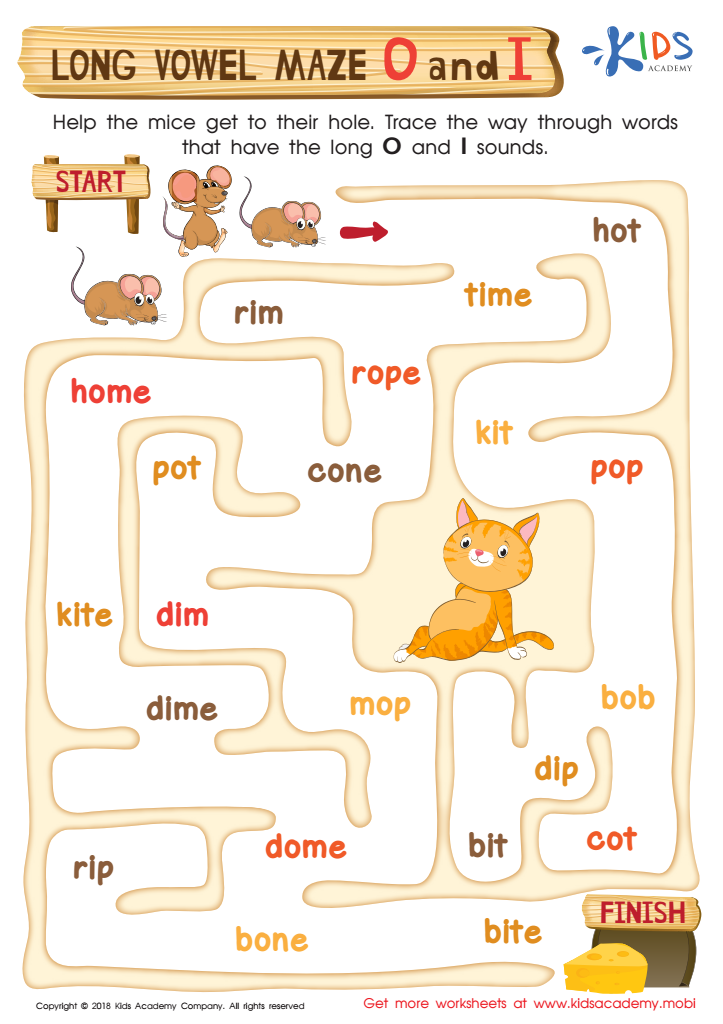

Long Vowel Maze /o/ and /i/ Worksheet
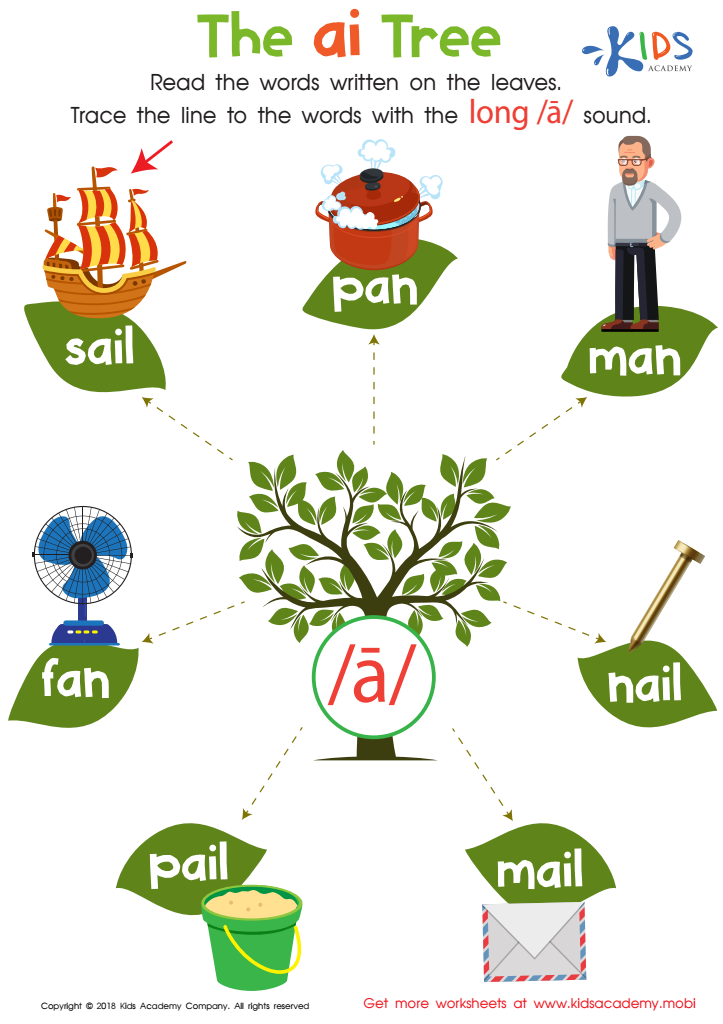

The AI Tree Worksheet
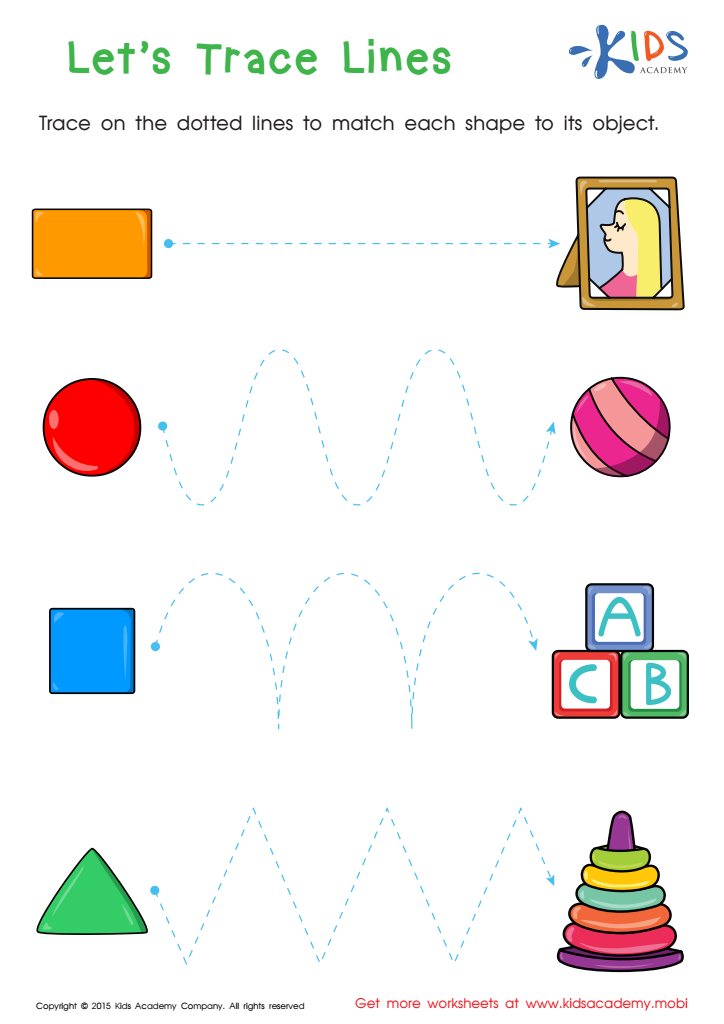

First Words: Let's Trace Lines Worksheet


Long and Short U Worksheet
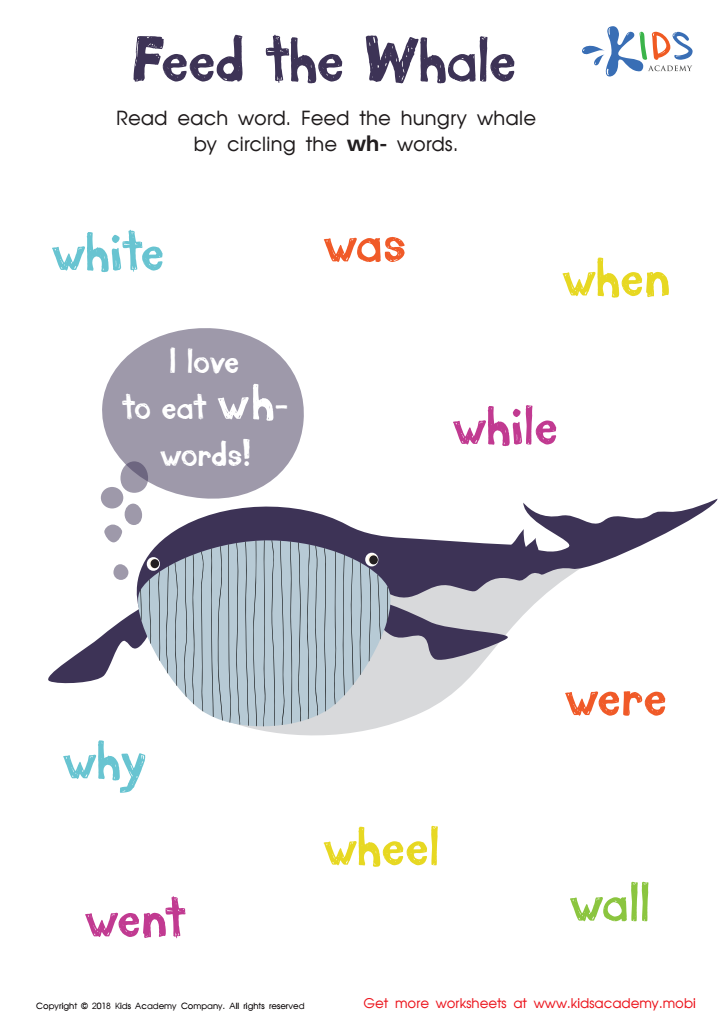

Feed the Whale Worksheet
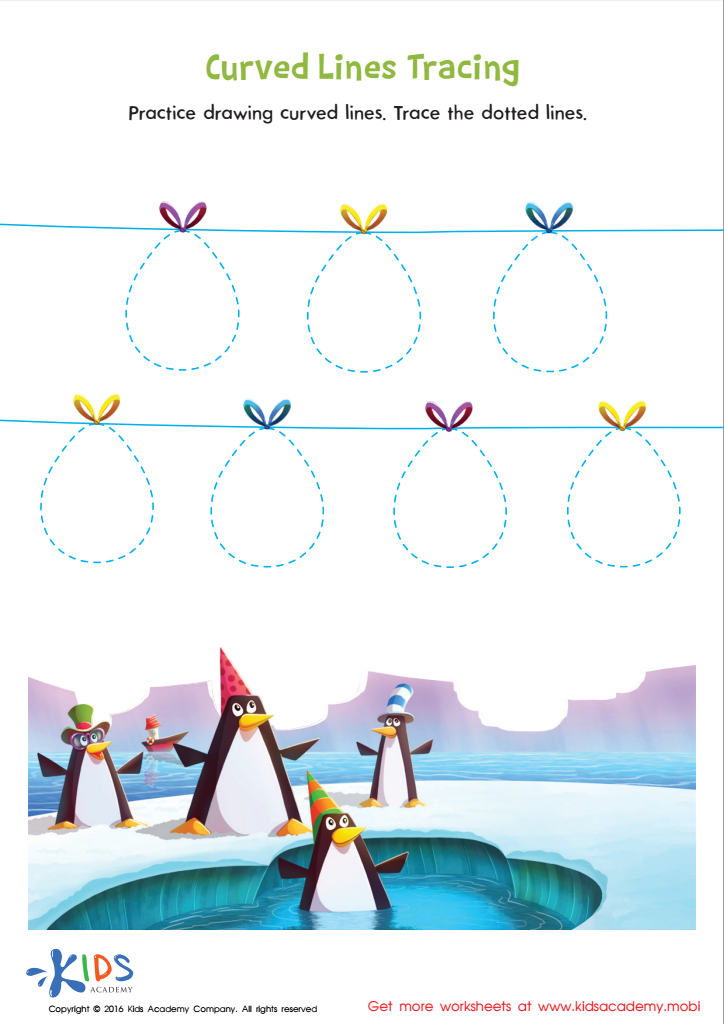

Curved Lines Tracing Worksheet
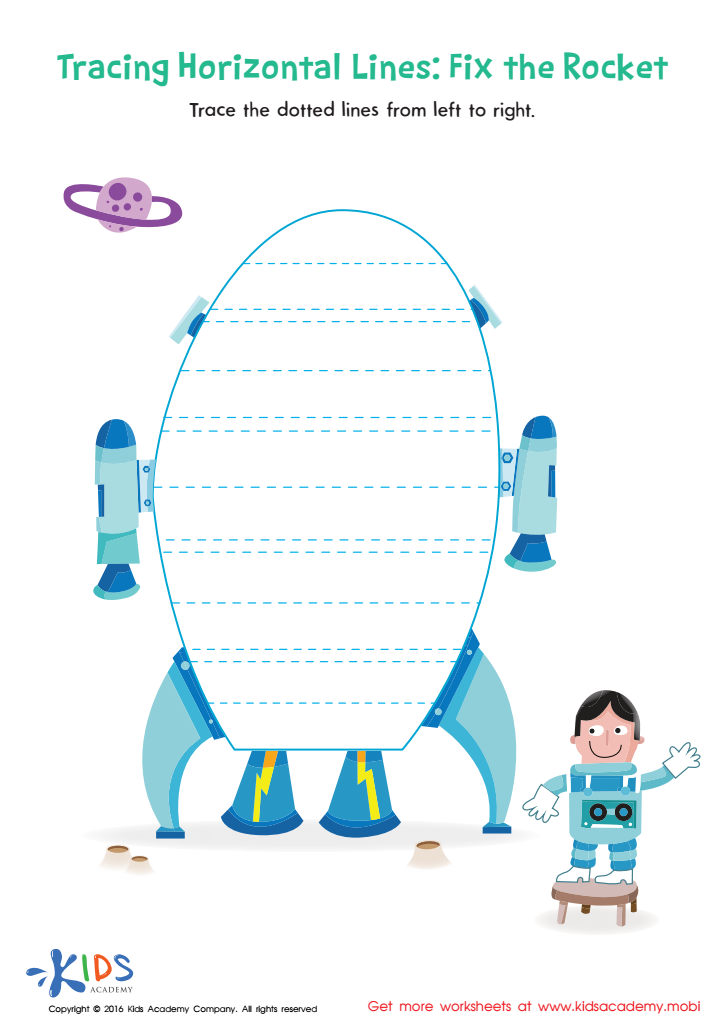

Tracing Horizontal Lines Worksheet
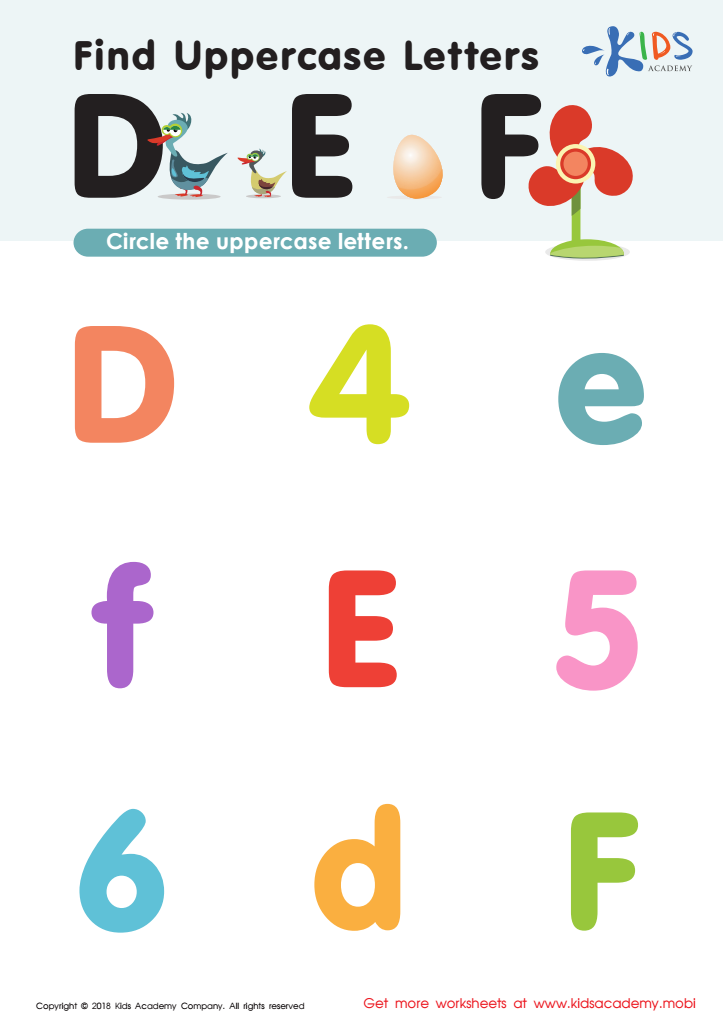

Find Uppercase Letters D, E, and F Worksheet


Long and Short E Worksheet


Letter D Tracing Page
Hand-eye coordination is a crucial skill for children aged 4-6, and both parents and teachers play an important role in nurturing this development. At this age, children are rapidly developing fine motor skills, which are essential for tasks like writing, drawing, and manipulating small objects. Mastering hand-eye coordination helps them gain confidence in these activities, which are foundational for later academic success.
Furthermore, strong hand-eye coordination is linked to several cognitive skills, including spatial awareness, focus, and the ability to follow multi-step instructions. Engaging in activities that promote this skill—such as puzzles, ball games, or arts and crafts—can lead to improved attention span, problem-solving abilities, and even social skills as they interact with peers during play.
Teachers can incorporate specialized activities into their curriculum, and parents can support these efforts at home, creating a consistent approach to skill development. By prioritizing hand-eye coordination during this critical time, educators and caregivers can provide children with a strong foundation for future learning, helping them transition successfully into more complex tasks and increasing their overall school readiness. Investing in these skills not only enriches children’s present learning experiences but also fosters lifelong benefits.
 Assign to My Students
Assign to My Students




















